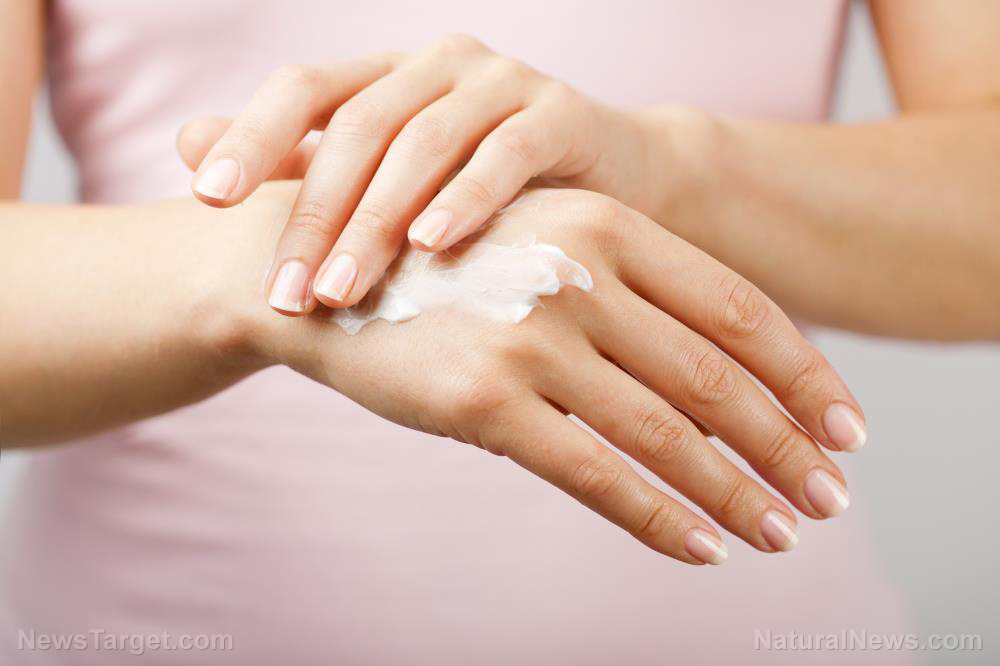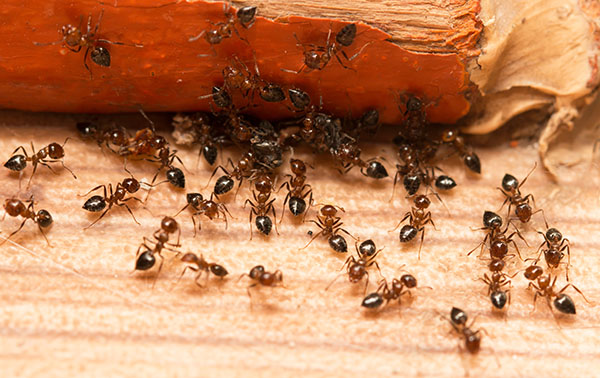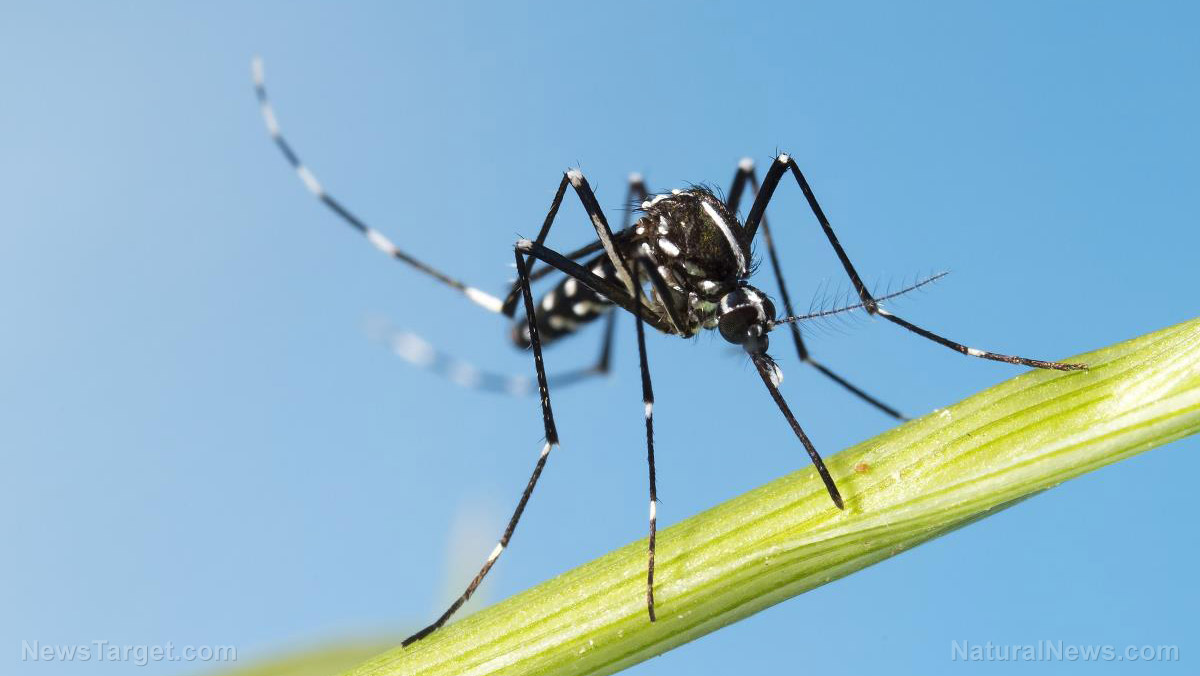
What is jewelweed?
Jewelweed (Impatiens capensis) grows best in the shade. The plant is easy to grow in almost any area with constantly moist soil.
Jewelweed has oval leaves that are slightly lobed. The plant may appear silvered or frosted when wet — the property that gave jewelweed its name.
The plant's stems are very succulent and they drip with a slimy juice when broken. Jewelweed flowers are trumpet-shaped, and they can be yellow or orange on the same plant.
The juice from jewelweed stems and leaves helps treat poison ivy rash. Jewelweed juice speeds up the drying of your liquid-filled blisters and the rash that follows when exposed to poison ivy.
Juice from the plant can also be used to relieve itching. Additionally, jewelweed juice is used to treat athlete’s foot and ringworm since it has natural antifungal properties. (Related: Home remedies for different types of skin rashes.)
Jewelweed salve recipe
Ingredients:
- Chopped jewelweed (enough to fill a one-quart Mason jar halfway full)
- 1/2 cups of your chosen carrier oil (E.g., Almond, coconut or olive oil.)
- 2 tablespoons of Beeswax pastilles or pellets
- 1 tablespoon of either cocoa butter or shea butter
- 1 teaspoon of coconut oil (Optional, but recommended.)
- 1/2 teaspoon of vitamin E
- About 15 drops of your preferred healing essential oils (E.g., Eucalyptus or lavender essential oil.)
- Four pinches of broadleaf plantain (Optional.)
Before you start making the salve, steep the jewelweed in the carrier oil for several hours. Do not add natural plant matter directly into a salve.
If you store the salve for a long time, the plant matter may produce mold that can make the healing salve go rancid. Using rancid salve will cause more harm than good.
Steeping instructions:
- Fill the one-quart Mason jar 1/2 to 3/4 of the way full with the chopped jewelweed and the plantain bits.
- Fill the jar all the way up to the lip, but leave a bit of headspace for the carrier oil. You may need more than three ounces of the oil to fill the Mason jar enough to steep the jewelweed properly. While steeping the ingredients, you might need to add more of the carrier oil to keep the natural plant matter fully covered.
- Fill a pot with several inches of water, then put it on the stove over low heat.
- Place the full Mason jar into the pot.
- Let the ingredients in the Mason jar steep for several hours. Don't let the mixture come to a boil. To steep, the mixture should only be exposed to enough heat to make the glass jar warm but not hot to the touch. Steep the mixture properly to ensure that the salve doesn't turn out runny or less potent.
- Strain the steeped salve mixture using cheesecloth or a coffee filter. Keep the orange to green-colored liquid. Throw away the natural plant material.
Preparing the jewelweed salve:
- Get another pot with several inches of water inside. Place a second, clean Mason jar in the pot, then place it on the stove.
- Pour the cocoa butter (or shea butter), beeswax and coconut oil into the Mason jar. Turn the stove back onto low heat.
- Stir the mixture constantly to avoid scorching while it melts completely. Beeswax does not melt until the temperature reaches 170 F (76 Celsius), so wait for at least five minutes before all the ingredients liquefy.
- Carefully remove the pot from the stove.
- Let the mixture cool for several minutes before pouring in the steeped liquid. Stir to combine.
- Stir in the vitamin E and essential oils. Stir again to combine the ingredients completely.
- Pour the jewelweed salve into small Mason jars then seal with a firm-fitting lid and ring. This recipe makes enough for three small Mason jars.
- Store in a cool, dry place until ready to use.
Grow jewelweed in your garden and follow the recipe above to make a soothing jewelweed salve that can treat poison ivy rash and other minor skin problems.
Sources include:
Please contact us for more information.























